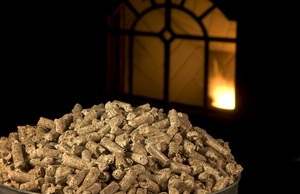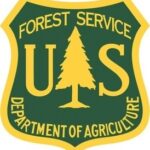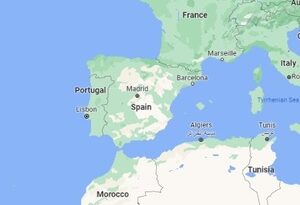Ontario launches Forest Biomass Action Plan
Energy Disrupter
ADVERTISEMENT
The Ontario government on March 28 finalized its Forest Biomass Action Plan, which promotes economic opportunities for using forest biomass in new diverse ways, including low-carbon consumer products and renewable energy. A draft action plan was released for public comment in May 2021.
“Innovative uses of forest biomass will create new sources of renewable and environmentally friendly products and ways of doing business,” said Greg Rickford, Minister of Northern Development, Mines, Natural Resources and Forestry. “Our government’s Forest Biomass Action Plan will secure forestry jobs across the north and ensure our province has the materials we need to Build Ontario.”
The primary goals of the five-year action plan are to secure jobs, support economic development, and encourage sustainability in the forest sector through the use of Ontario’s forest biomass. To support those goals, the government identified five objectives. Those objectives include identify pathways to markets for forest biomass; support demand for forest bioenergy and bioproducts; improve the business and regulatory environments for the use of forest biomass; support holistic, culturally relevant pathways for Indigenous community involvement in forest biomass value chains to support reconciliation between Indigenous communities and the Crown; and communicate, collaborate and inform on forest biomass opportunities. The government has also identified several specific actions to take in support of each objective.
The plan focuses on two types of biomass, including forest biofiber and mill byproducts. Forest biofiber is composed of forest resources that are not normally used for conventional forest products, and that are made available from Ontario’s provincial forests under an approved forest management plan, or sourced from private woodlots and other forested lands. Mill byproducts include residues generated from forest product manufacturing, such as bark, shavings and sawdust.
The action plan outlines a wide variety of current and emerging uses for forest biomass in the production of chemicals, materials and energy. For energy, these current uses include pellet, wood chip and cordwood heating; combined-heat-and-power (CHP); drying and industrial processes; and grid electricity. Emerging uses included under the three categories include the production of sugars and alcohols; green solvents and chemicals; plastics and polymers; biochar and carbon; renewable natural gas (RNG); modern wood heating; biodiesel and liquid biofuels; community and district energy systems; green hydrogen; and sustainable aviation fuel (SAF).
Additional information, including a full copy of the Ontario Forest Biomass Action Plan, is available on the Ontario government’s website.
















